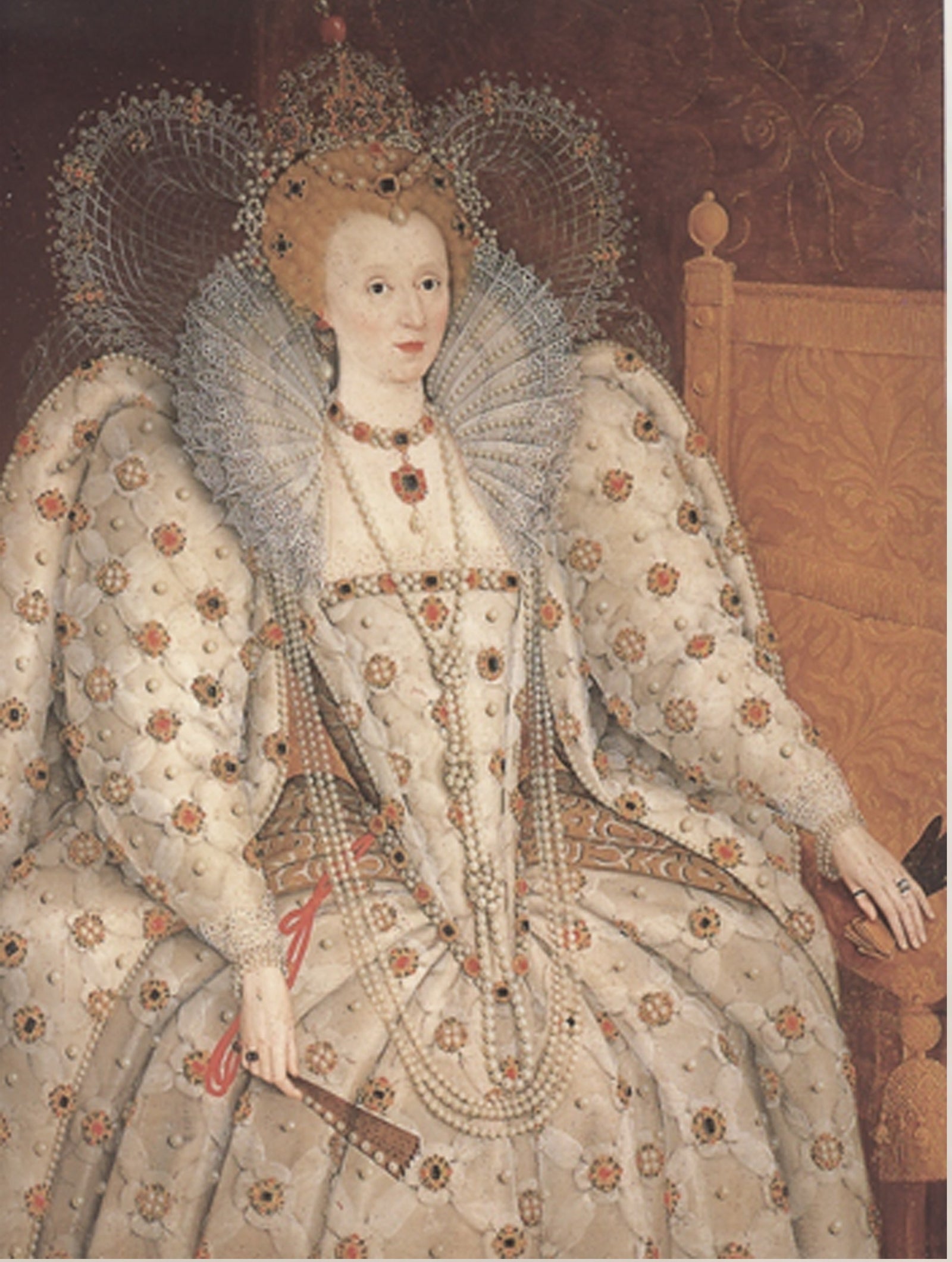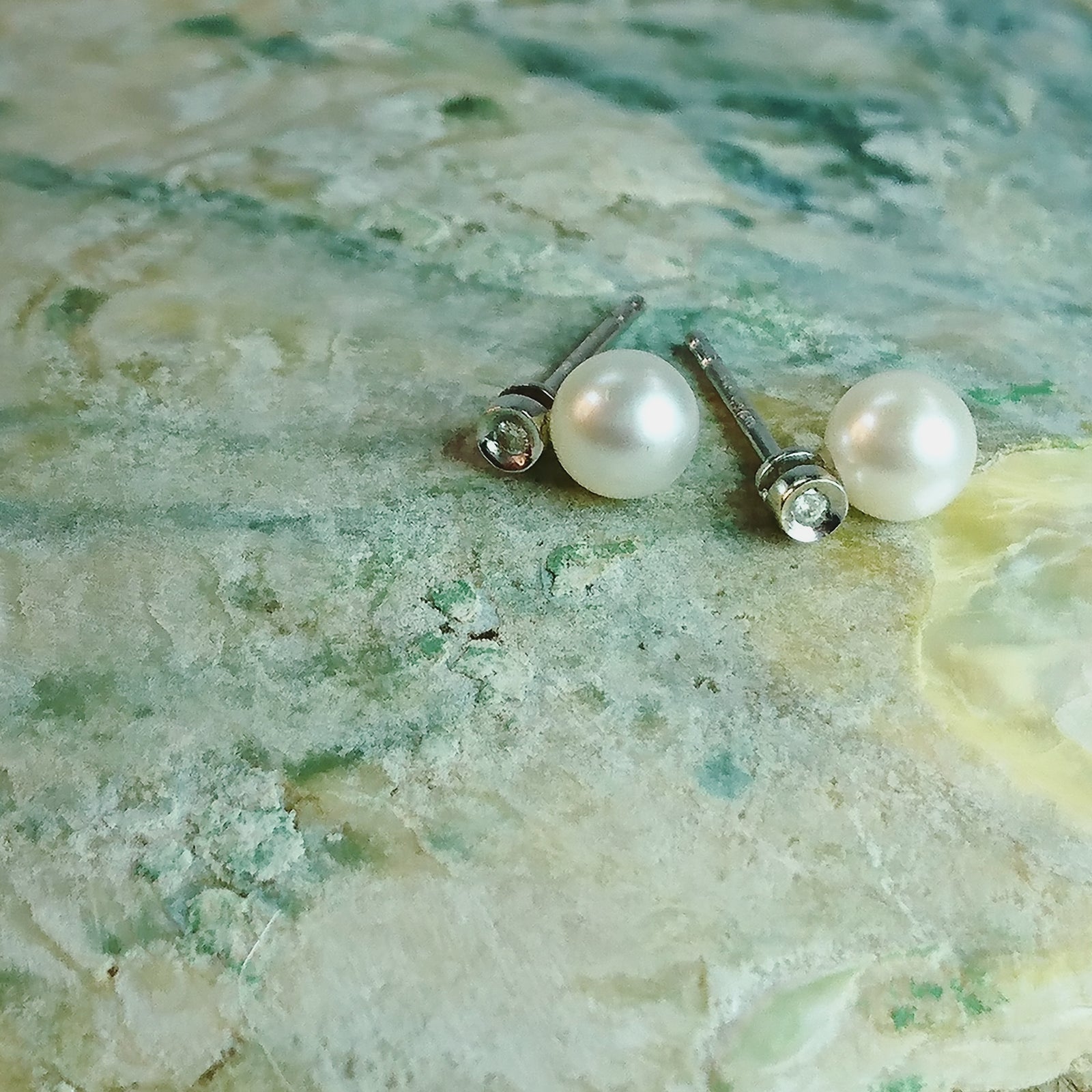
The word Keshi means seed in Japanese, All Keshi pearls have the most wonderful iridescent quality and exceptional lustre. This is due to the multitude of nacre layers they have and how the light plays on their surface. A keshi pearl can have one of two origins, a natural pearl born in a farm or a cultured pearl mishap, unless you are a cynic.
I should be a natural pearl!
A Keshi pearl can be a natural pearl which occurs within a cultured oyster host i.e. in a cultured pearl farm, but although to all intents and purposes it could be a natural pearl because it has occurred within a pearl farm, in a farmed oyster, and is bound to be found, our “hide and seek” pearl must be called a Keshi.
I am a happy accident!
A Keshi could also occur when the epithelial cell graft and nucleus bead in a cultured pearl fail to attach to each other, and in addition the oyster is able to reject the nucleus but retains the graft tissue, which then goes on to form a pearl sac, the graft tissue begins secreting nacre layers to form a pearl, but as there is no circular core bead, these pearls are baroque in shape.

Are you a pearl cynic?
Recently Keshi pearls are being cultured, which means that the implantation process is performed as described in our cultured pearl post butwithout the bead, hence producing a baroque shape Keshi pearl. This discovery makes it more important to never describe a Keshi pearl as a natural pearl.
Cultured oyster seed pearls
Seed pearls are 2mm in diameter or less and have grown in a cultured pearl bearing oyster, the oyster seed pearls we usually see come from an Akoya oyster or a freshwatermussel.

Graduated pearl necklaces why were they so popular?
Apart from having a very beneficial effect in slimming a face through optical illusion, the factual reason is that large cultured pearls were not as common when cultured pearl production started, so a necklace which was mainly small pearls with 13 to 5 larger pearls as a central focal point was a good way to make the most of the pearl production available. Graduated pearl necklaces were very popular around the 1950’s.
Follow us on Instagram, Facebook and Twitter for more inspiration.
If you’d like to learn more about Keshi Pearls, watch this video…



















